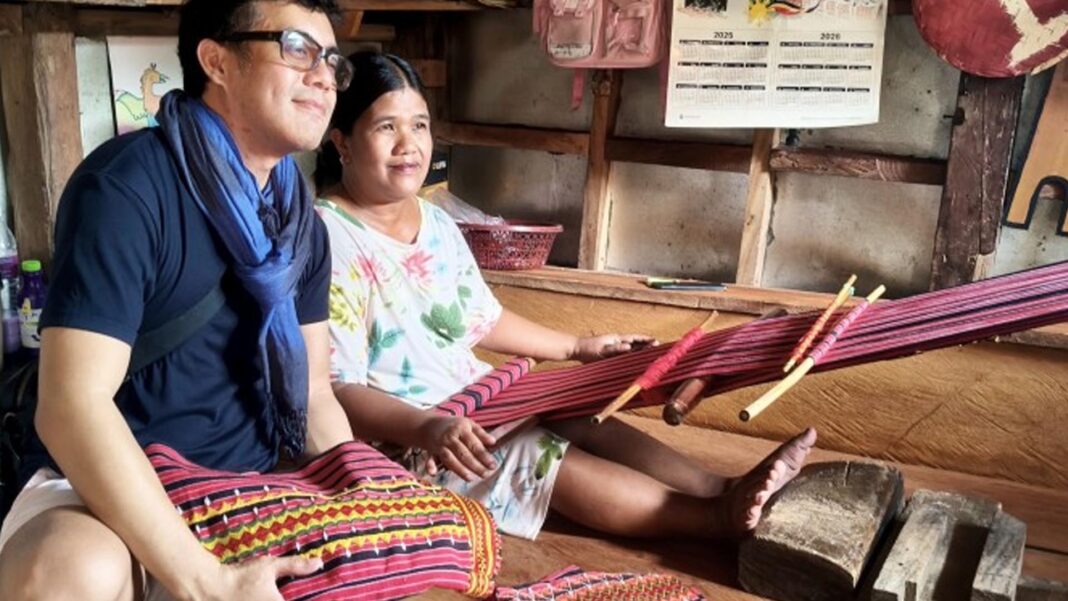Behind every colorful weave crafted by Kalinga’s Indigenous Peoples (IP) lies a story of resilience, hope, and survival.
For 30-year-old Chester Lakisa, weaving became his family’s lifeline.
“Weaving saved us,” he said in an interview over the weekend, recalling how he and his wife turned to the craft after an accident left him with an amputated leg.
Once a construction worker in La Trinidad, Lakisa was electrocuted while welding, losing his right leg but surviving against the odds.
“Who would employ someone like me who cannot move properly? We were already having a problem getting funds for survival and money for house rent, aside from the children’s needs, which made us decide to return home to Kalinga and see where fate will bring us,” he shared with the Philippine News Agency.
And on their way to Kalinga, fate took an unexpected turn.
On the bus home, they met Florence Ao-wat, founder of the Kalinga Indigenous Weavers Association (KINWA) – Etnika, who offered to teach them loom weaving.
Without any experience, the couple accepted the offer, marking the start of a new chapter.
“At first, it was difficult to balance without a leg, but I learned. Now, my wife and I both weave for a living,” Lakisa said.
The family now earns more than they did before the accident.
Ao-wat said KINWA employs about eight persons with disabilities who handle various stages of fabric-making, from indigo dyeing and warping to weaving and embroidery.
Each weaver earns PHP300 per yard of fabric, ensuring fair pay for their craftsmanship.
“They put their hearts and stories into every weave – stories of survival, community, and hope,” she said.
Weaving has also enabled Ao-wat to send her four children to school, thereby sustaining both her family and the local culture.
In Lubuagan, known as the weaving capital of Kalinga, 42-year-old Glenda Baswit continues the tradition with her three daughters.
“Weaving helps us with school expenses,” she said.
She added that even her younger daughters have begun learning embroidery patterns inspired by Kalinga’s natural surroundings and way of life.
Recently, about 30 tour operators, fashion designers, and media representatives joined the Department of Tourism – Cordillera’s “Weaving Circuit” tour in Ifugao and Kalinga, showcasing the stories and artistry behind every Kalinga fabric.
This week, the municipality of Lubuagan is set to open its new weaving center, a hub for household weavers to sell their handmade pieces.
More than preserving heritage, the initiative aims to provide a sustainable livelihood for Kalinga’s artisans, whose every thread tells a story of strength and culture. (PNA)


